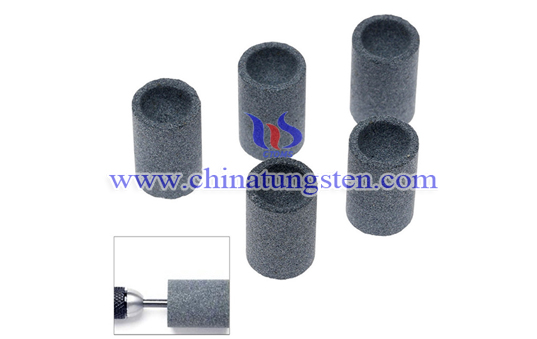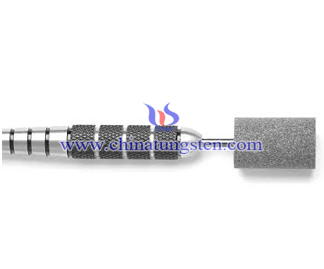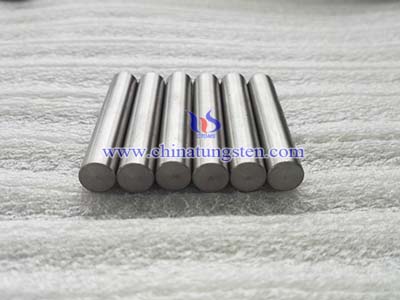How to use dart sharpeners?
Dart sharpeners are very important in the game of darts. Without sharpening the tips of darts, they get dull and don't stick in the board. When darts don't stick in the board, the thrower gets no points awarded. No matter how perfect a player's aim is, in the end it won't matter if their darts don't stay in the board. Here's how to use dart sharpeners to make sure that the darts stay stuck in the dart board.
1.Rub the end of the dart on the stone. Hold the dart parallel to the sharpening stone and lightly rub the dart’s end across the stone’s surface. Make sure to rotate the dart to properly sharpen all sides. Check the tip continuously to ensure that it is sharpening properly and adjust sharpening accordingly.
2.Check the shape of the dart tip. Perfectly sharpened dart tips are not pointed; they have a slightly rounded tip. The tip needs to resemble a ball point pen tip to properly stick in the dart board. If the tip gets a point on it, lightly rub the end on the sharpening stone in circles until it is rounded.
3.Don't overdo it. Dart sharpeners to a point are too sharp. These darts often don't stick to the dart board, instead bouncing off and falling to the floor. They also run the risk of damaging the wiring on the board due to their sharpness. New darts in packaging come too sharp to play with. Round the tips of the darts down with the dart sharpener before using them so that they’re not too sharp.
4.Use it frequently. Check the tips of darts before throwing them. It’s probably not necessary to sharpen the tips between every throw, but it does occasionally happen that the tip needs a touch-up. Definitely sharpen darts between games to keep them in top shape.
5.Watch for signs of a bad tip. A bad tip is a tip that is too sharp or completely unsharpened. When playing, the biggest sign of a tip that needs sharpening is the dart bouncing off the board. Sharp, pointed tips slide in without sticking, and bounce off the backing, and flat darts make a big hole that they slip right back out of. This happens both when the tip is too sharp, and when it's not sharpened, or flat.





